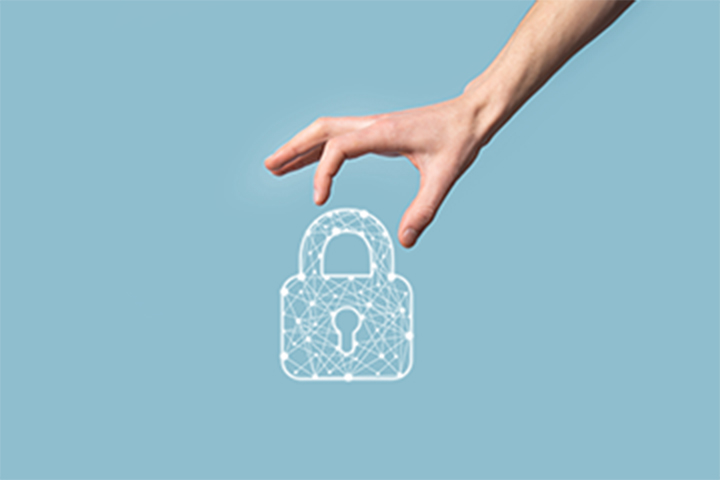How can you vaccinate your computer against malware?

Keytrade Bank
keytradebank.be
July 06, 2020
(updated January 24, 2022)
3 minutes to read
Every year, several hundred thousand new forms of malware end up on the internet. Every single one is dangerous software and the authors have designs on your money or data, or want to take over your computer for nefarious practices.
1. What is malware?
Malware is an umbrella term that covers all 'malicious' software. We've put together an introduction for you:
- Virus: a piece of software that spreads easily, can corrupt system files, destroy data or cause other problems.
- Worms: these are like viruses, but they are standalone programs that do not need a 'host file' to spread.
- Ransomware: infects your computer and encrypts files. The author then demands a ransom for unlocking your files.
- Spyware: allows hackers to track activities on your device.
- Bots: are programs that infiltrate your devices and connect them to a central server to carry out joint attacks. Bots can also record keystrokes and steal passwords or financial information.
- Rootkits: are malware that hackers use to control your device without your knowledge.
- Trojan horses: this is malware packaged as a harmless-looking file or benign software. Once downloaded and installed, it will cause damage without you knowing.
2. What does malware do?
Malicious software may slow down the operation of your device and break through security. It can be used to steal your (identity) data, take over your device or misuse your device for illegal activities.
3. How does malware spread?
Malware can infect your devices in different ways, including via shared files, by downloading (free) software or e-mail attachments, via USB sticks or other data media, from visiting infected websites, and more.
Not all forms of malware are visible (straight away). A computer, tablet or smartphone may be infected without you noticing it. For example, malware on your smartphone can allow fraudsters to send messages without you really noticing. You should therefore check your telephone bill regularly, as you will be billed for these messages.
4. What action can I take against malware?
Even if you don't store any important files on your device, malware is still a threat. Some malware, for example, finds its way into your inbox to spam your contacts. Other malware can also register your keystrokes, allowing hackers to steal your passwords.
- Install anti-virus software and activate automatic updates. Also perform a planned scan at regular intervals. In addition to anti-virus software, you can also add programs that warn you if your camera is activated, if unusual activities are taking place on your device, and more.
- Do not click on everything that arrives in your mailbox
- Don't just assume, no matter who the supplier is, that your software will block the malware. Your own vigilance is the best tool.
- You want to download some software or an app? First think carefully whether you really need it. Downloading things blindly and then cleaning up immediately afterwards is still risky. Also check how trustworthy the developer is. Download from the source: go to the developer's web address; this will reduce your risk.
- When downloading, make sure no additional programs are being installed. If you notice anything unusual, stop the download immediately.
- Clear your browsing history (cache) regularly.
- If your device is used by several people (including your children), create separate accounts for everyone and make sure that you are the only one with administration rights, so that no one else can download software.
- Always install the most recent versions of any software, including the operating system (Windows/Mac OS) and the programs themselves.
- Secure your network with a strong password and avoid using public Wi-Fi networks.
- Never allow anyone to take over control of your device if you receive a phone call from "Microsoft", "Apple", your bank, and so on.
Checklist for staying safe online
- Use strong passwords
- Activate two-factor authentication if this option is available (e.g. using a code generated on your smartphone)
- Be on the lookout for fake e-mails
- Use a virus scanner
- Perform regular updates
- Make back-ups
- Secure all mobile devices as well
Also read our tips for secure passwords


